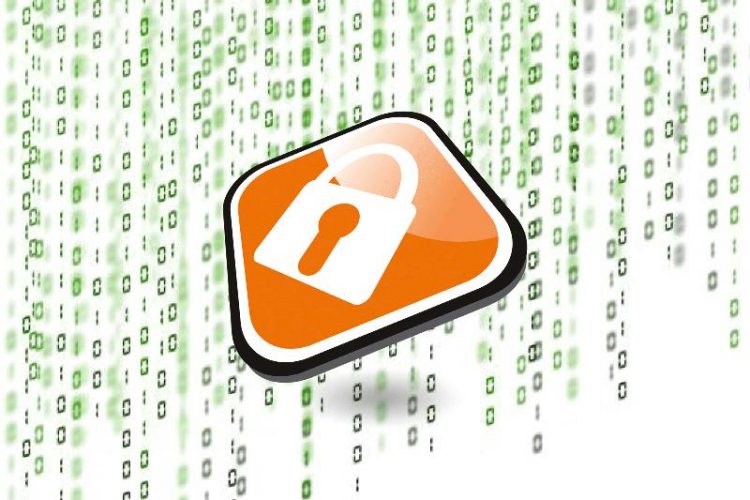Encryption for everyone

The aim of Public Encryption is to bring end-to-end encryption to the masses. © Fraunhofer SIT
Encryption is the most effective antidote to unwarranted, mass surveillance of people, companies and authorities. Although there are any number of computer programs designed to, say, make e-mail communication more secure, most people find them to be too much of a hassle.
This is why the German government made establishing universal and easy-to-use encryption part of its Digital Agenda. A research team from the Fraunhofer Institute for Secure Information Technology SIT in Darmstadt developed a public encryption concept that factors in user friendliness from the outset. The software automatically installs the cryptographic keys in the right places on your computer. The researchers are also working on an infrastructure that will be available to everyone and is compatible with existing encryption services.
“With this initiative and what it’s developing, Fraunhofer is supporting the German government’s efforts to better protect people and companies,” says Prof. Michael Waidner, Head of Fraunhofer SIT. This is why “Volksverschlüsselung“ is to be made available as open-source software.
Key allocation for beginners
The software is the centerpiece of the solution. It relieves the user of the previously difficult task of allocating keys by recognizing which applications – different e-mail programs, for example – on your computer, smartphone or tablet can use cryptography and automatically allocates the right key to each one. The software also generates cryptographic keys that can be used to encrypt e-mails or files.
If you want to send someone an encrypted e-mail, you need the public key. In the “Volksverschlüsselung“ model, you can obtain this from the central infrastructure. “It works like a phone book,” says project manager Michael Herfert. “Anyone can look up and download public keys. The central infrastructure also ensures that the keys actually belong to the person requesting them and helps prevent identity fraud.”
At CeBIT 2015, Fraunhofer researchers will demonstrate how people can register using the eID function of the German identity card. Other ways of registering are to be made possible in the future. To make it possible for a vast number of people to use the “Volksverschlüsselung“ infrastructure, it would ideally have to be set up to handle several million keys.
This calls for an infrastructure that is as efficient as it is secure. The current plan is to install the infrastructure on a high-security server at the Fraunhofer Institute Center in Birlinghoven near Bonn, and other trusted partners will also be able to participate soon.
Companies also stand to benefit from the results of the “Volksverschlüsselung“ project – especially from the software. Solutions developed as part of the project could help small and medium-sized enterprises in particular by making it easier for them to implement encryption and thus better protect trade secrets.
The researchers will be presenting a prototype of the software at CeBIT 2015 (Hall 9, Booth E40) in Hannover from March 16 to 20. This version of the software is designed for Windows desktop computers, but further versions for other operating systems and mobile devices are in the pipeline. The research team is also working on various add-ons, including one that supports ad hoc encryption.
http://www.fraunhofer.de/en/press/research-news/2015/March/encryption-for-everyo…
Media Contact
All latest news from the category: Trade Fair News
Newest articles

A ‘language’ for ML models to predict nanopore properties
A large number of 2D materials like graphene can have nanopores – small holes formed by missing atoms through which foreign substances can pass. The properties of these nanopores dictate many…

Clinically validated, wearable ultrasound patch
… for continuous blood pressure monitoring. A team of researchers at the University of California San Diego has developed a new and improved wearable ultrasound patch for continuous and noninvasive…

A new puzzle piece for string theory research
Dr. Ksenia Fedosova from the Cluster of Excellence Mathematics Münster, along with an international research team, has proven a conjecture in string theory that physicists had proposed regarding certain equations….



